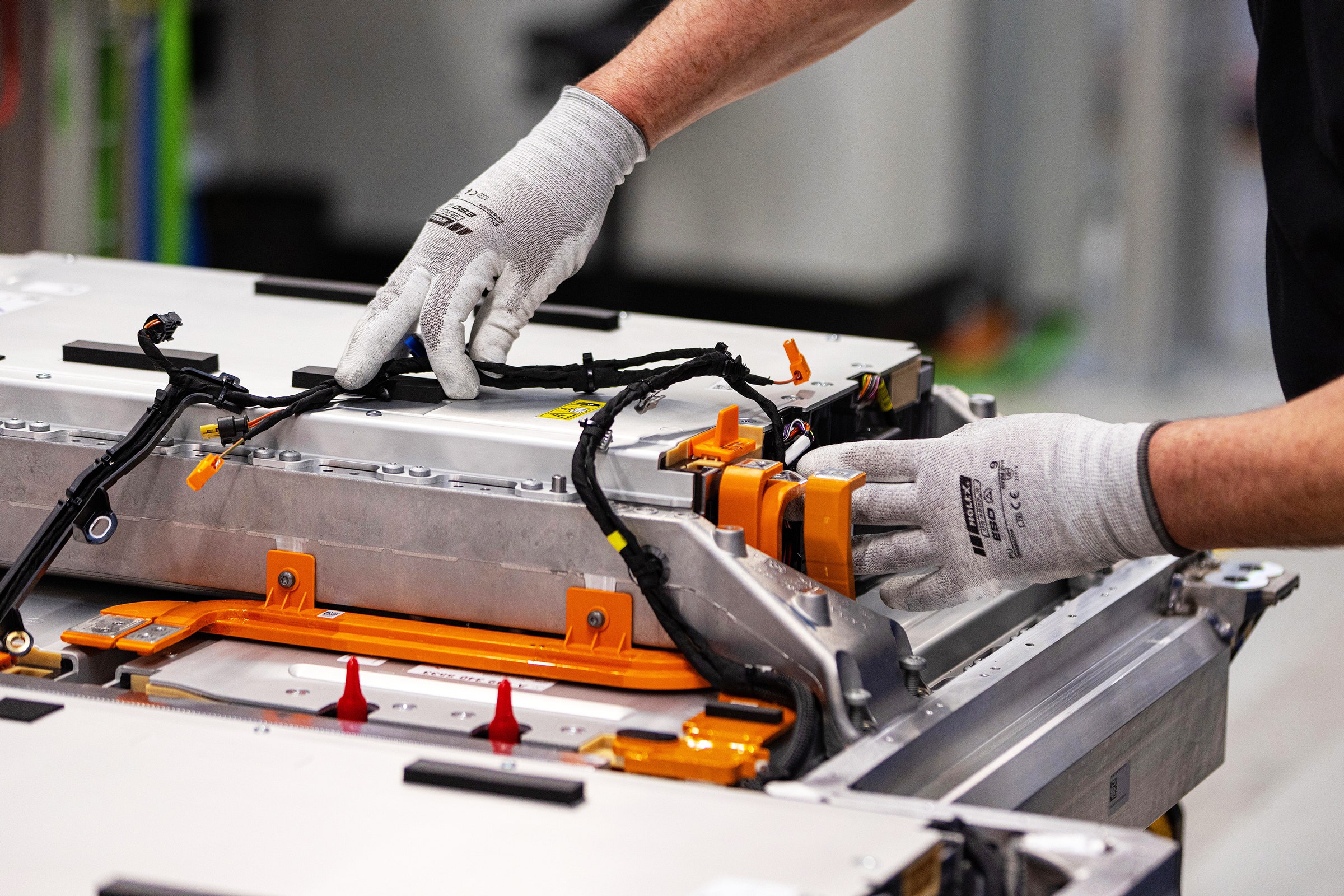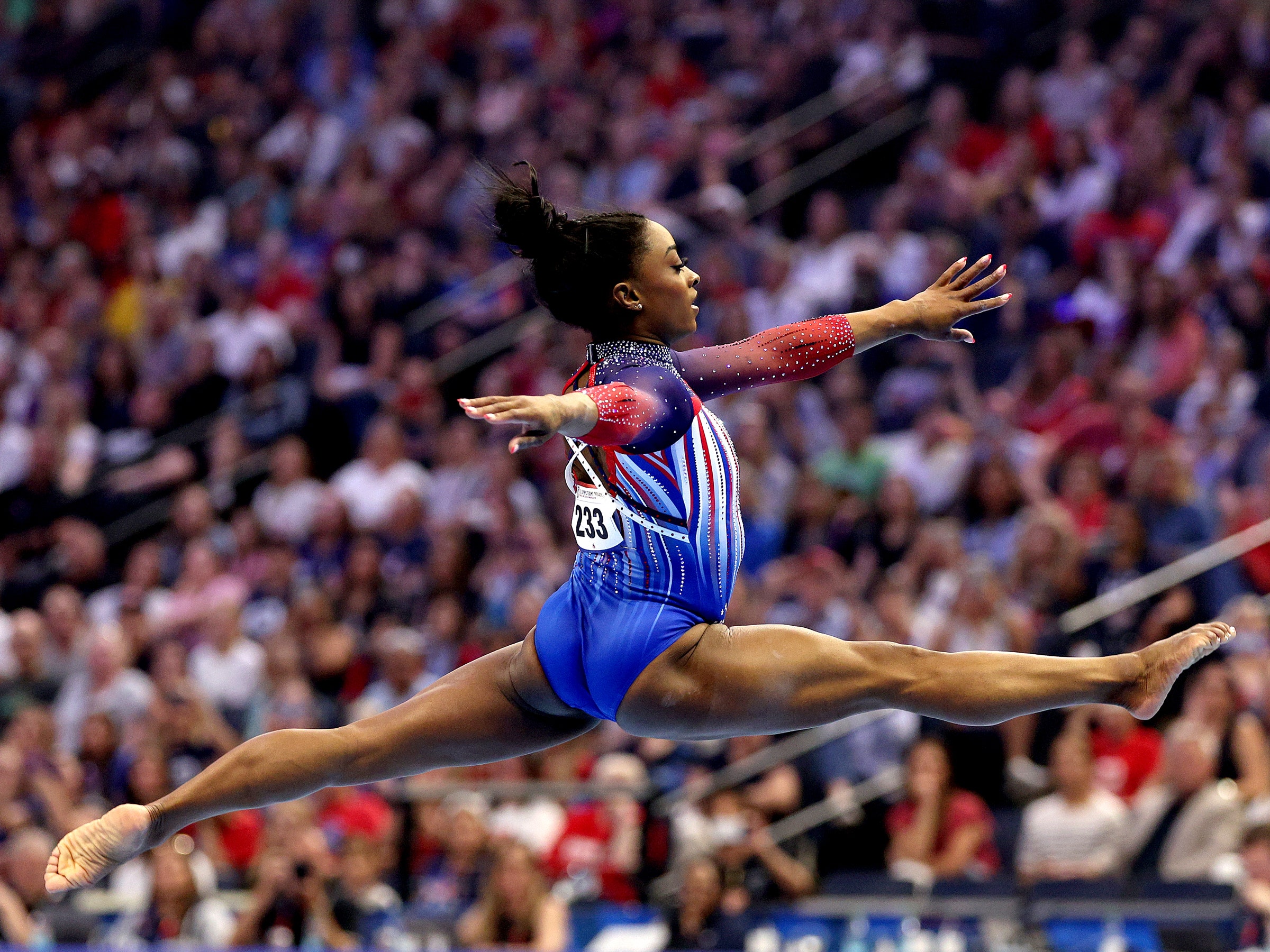Roli’s New Instrument Is Both an AI Piano Teacher and a Digital Theremin
Roli, the maker of quirky, portable, and expressive digital pianos and keyboard instruments, has a new device that can both teach budding pianists how to play music and provide seasoned musicians with a new way of adding filters and effects to their songs by waving their hands and wiggling their fingers.
The Roli Airwave is a 14.5-inch tall stand with a camera on top. The camera is positioned downward to track the movements of a player’s fingers as they dance across a keyboard sitting at the base of the stand. The movements of a player’s hands that are captured by the camera are streamed in real time onto the screen of a tablet that sits on the easel-like Airwave stand. The visuals can be used as a teaching tool to show the player which fingers should strike which keys, or offer some additional guidance on how to play a song just right. Of course, the Airwave uses machine intelligence and computer vision to track the player’s hands and to offer its advice on where those hands should be placed.
The system costs $299 and should start shipping in February 2025. You’ll also need one of Roli’s keyboards (which range from $249 to $1,399) to pair with it. If you want to use it as a teaching tool, you’ll also need an iPad or other tablet to set onto the stand to supply the visuals.
Roli is a company best known for its most advanced keyboard, the Seaboard. It’s a piano-like controller with squishy keys that lets players change effects like pitch and timbre by sliding their fingers around on the keys or applying different amounts of pressure. That device had perhaps its most prominent moment in the limelight when Ryan Gosling briefly played one in the movie La La Land.
The Airwave needs to be plugged into a tablet via USB-C, and there are apps for both Android and Apple devices. (Only the iPad 5 and Samsung Galaxy Tabs S1 or newer are supported at the moment. No phones are currently supported.) On the screen, the app will show a digital representation of the keys and the ghostly outline of your hands wiggling above them. If you are subscribed to Roli Learn, the company’s $15-per-month music education subscription service, the app can use the view from the Airwave’s camera to guide how you play. The system tracks specific hand movements, showing you which finger goes on which key when you’re trying to play a song. It also has spatial awareness, and can nag you when your posture is not quite right—just like a human teacher.
“Basically, 100 percent of your time when you practice, you’re going to practice correctly now,” says Roli’s CEO, Roland Lamb. “So you’ll be developing good habits over time.”
The Airwave is an extension of the tech-based teaching methods Roli has been pursuing for years. The company also makes the light-up Piano M keyboard (formerly called Lumi Keys), which is focused on music learners and which incorporates the Roli Learn platform to teach people how to play. With the Piano M, keys light up in time with a song to show players which key to hit. But that hunt-and-peck approach—being told which key to press and then doing it—didn’t seem to translate into enough users completing their lessons in full.
“I was hitting a wall with Lumi,” Lamb says. “It’s great to learn, but we found that people just weren’t progressing enough.”
Lamb envisions the Airwave as being a much more immediate approach that brings the player’s hands directly into the lesson itself.
AI Mastering
Of course, this wouldn’t be a gadget announced in 2024 if it didn’t have a stack of AI baked into it. Beyond the AI-enabled computer vision of the Airwave’s camera, the Roli Learn platform is being updated with Open AI’s ChatGPT chatbot. This will allow piano students to use their voice to control the experience, interact with the lessons, and ask questions. Push a button on the keyboard and you can issue a voice command to load up a song to play next, or to ask questions like what the difference is between a scale and a chord. You can ask which notes are in a C minor chord, and the app will show you on the screen. You can also ask more advanced questions like, “What is a Lydian scale?” or “Qho wrote ‘Hotel California’?” The accuracy you experience may vary, as the answers will be about as good as you can expect from chatbots these days.
It’s certainly not better than having an actual music teacher by your side to answer your questions, but it’s likely quicker than hunting down the right YouTube video that will teach you how to figure something out when you’re playing on your own.
“If you think about it, people have been practicing piano for, like, 250 years,” Lamb says. “Hundreds of millions of people logging thousands and thousands of hours. And fundamentally, it’s an inefficient thing.”
A good teacher can go beyond answering questions by showing you how to properly play a piece or by monitoring the position of your hands and body. But music lessons can be expensive, and the schedules of teachers and students don’t always sync up. Lamb wants the Airwave to fill the gaps between formal classes, where the student wants to learn on their own time and is OK with having a snazzy AI gadget help out.
“The instrument itself is not intelligent,” Lamb says. “The instrument doesn’t know what you’re doing and can’t give you that feedback. And if we can make it way more efficient in terms of that fundamental capability, then people will learn faster and they’ll learn more.”
Auto Filter
Beyond the Airwave’s abilities as a tutelage tool, Roli is also positioning the device as an instrument more advanced users can deploy in the music production process.
I sat with Lamb in a room as he showed off a demo of the Airwave’s other capabilities. His hands fluttered above the keyboard in a way that looks very much like someone playing a theremin, the ethereal instrument that’s played by manipulating the invisible electromagnetic fields around a pair of antennas. The Airwave works similarly. Because the infrared cameras are tracking your fingers’ every movement, different hand positions can be used to change pitch, filter frequencies, or manipulate oscillators and other effects. Roli says the Airwave can track movements like raising, gliding, and tilting your hands and fingers to control the different parameters chosen by the user. The company says additional movements—and even subtler tracking—will be supported later.
This combination of an AI-powered teaching tool with a professional instrument is the type of “something for everyone” approach that’s become more familiar of late. Companies are eager to smoosh the same types of generative AI enhancements into their products, and the result can feel like every service is being offered for every person all in one place. Lamb says his goal is to always keep a human as the integral part of the music creation process, even if AI systems make it easier to build songs by enabling artists to just ask “give me an 808 beat” or some other command. Lamb says he hopes the innate appeal of playing music is what never goes away and that devices like the Airwave can help people achieve a level of musical know-how that they may not have access to otherwise.
“On the one hand, there are folks who are like, ‘Hey, just generate the music for me.’ And then there are other people who are anti-technology,” Lamb says. “We’re sort of in the middle. We think technology can actually help us in an odd and almost paradoxical way to be more human—you know, to have these great human experiences of things like making music.”



